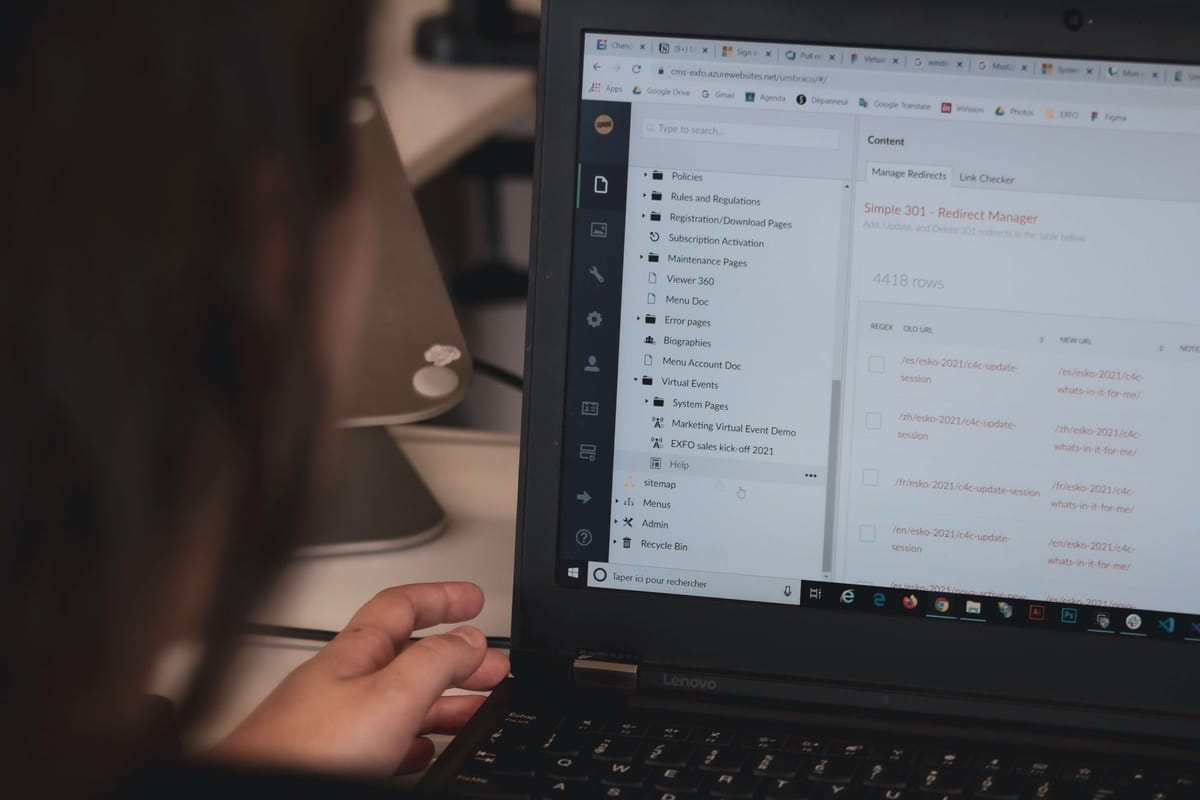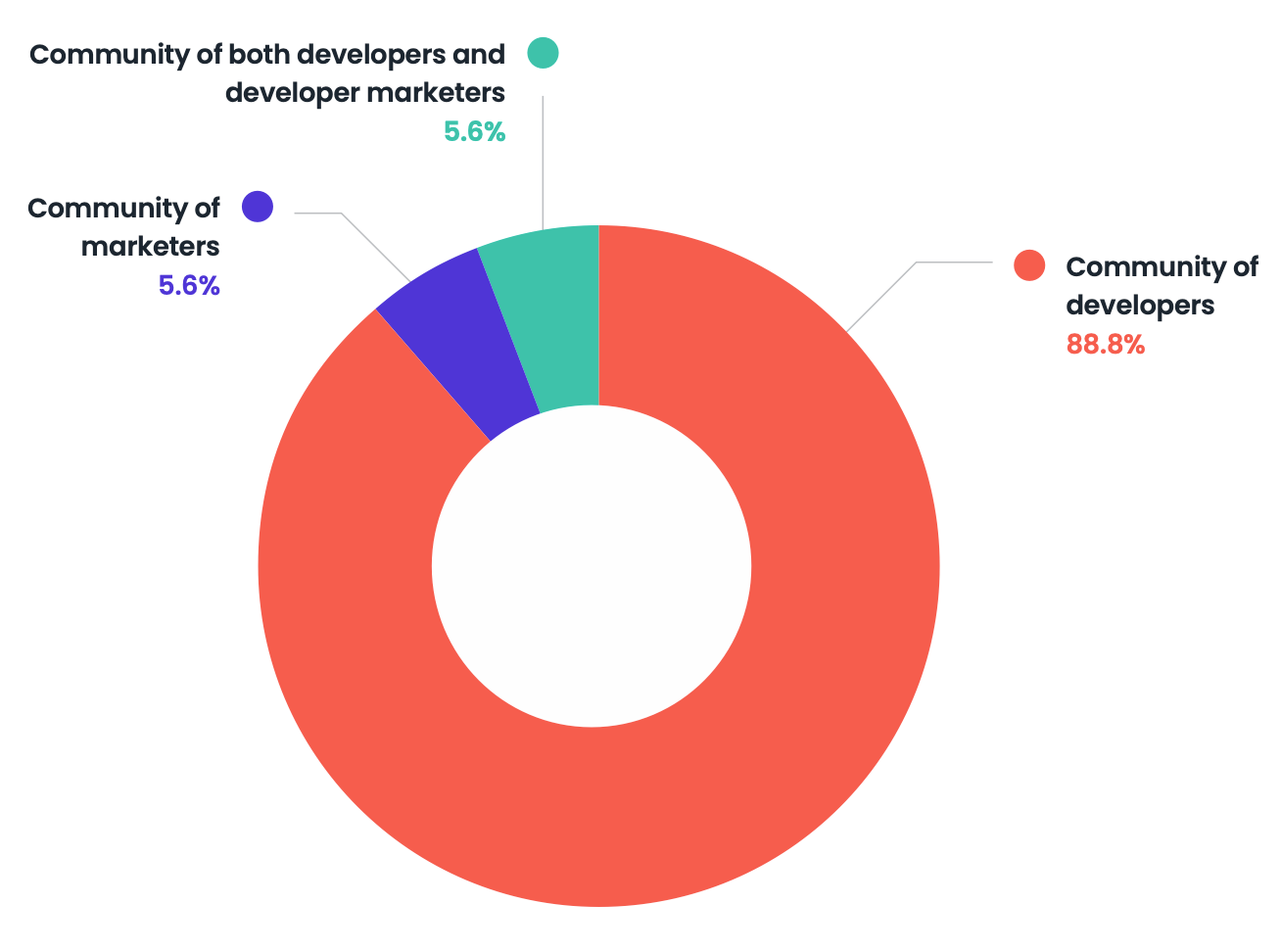Developer engagement is crucial for the growth and success of companies that offer tools, software, and services aimed at the developer persona.
It isn’t just about attracting developers to your product—it’s also about building an ongoing relationship that encourages them to contribute, innovate, and advocate for your offerings.
Take a look at some practical strategies that can help developer marketers improve engagement within their developer communities.

Understand developer pain points and motivations
It’s vital to understand that developers are a unique audience with specific needs and pain points. They look for efficiency, flexibility, and reliability in tools and platforms, and also value transparency and community involvement.
You must also ensure your understanding of the developer’s journey and what developers are looking for every step of the way, in order to create strategies that resonate with them.
Strategies to improve developer engagement
1. Write high-quality content
Great content aimed at developers includes tutorials and step-by-step guides that help developers get started or use advanced features of your product, as well as technical articles that delve deep into specific tech, challenges, or solutions.
Video is also important, from webinars to live coding sessions that help developers to stay engaged (and offer interactions in real time).
Technical documentation is another must-have. Developers use it to learn about your product and explore all of its features, as well as integrate it with their tech stack. Documentation is also a great way to provide customer service, since developers can simply check the documentation instead of getting in touch with you, which can save you time and resources.

2. Build a strong community
Most developers belong to one community or another, such as Reddit or Slack. This is because developers can find support in those communities, as well as the opportunity to learn from other devs and to share their experiences.
In our State of Developer Marketing Report 2023/24, we found that only 5.6% of respondents who belong to a community said it catered to both developers and marketers. The overwhelming majority (88.8%) of respondents belong to a community of only developers.
You want to be where developers are, since having a strong community around your product can help you to increase developer engagement in a significant way.

For example:
- Forums and discussion boards are places where developers can ask questions, get answers, share expertise, etc.
- Developer advocates and champions are community members who are passionate about your product and can help spread the word on it (as well as mentor newcomers to the community).
- Events like meetups and hackathons are important because they encourage learning and collaboration among developers.
3. Offer tools and resources that boost productivity
Developer productivity tools can be a great way to boost engagement, since developers appreciate products that make their job easier.
These can be many different types of tools, from SDKs and APIs to plugins that integrate with their existing workflows.
It’s important to ensure that the products are well-documented and maintained, so keep your documentation updated and any bugs fixed—this shows you’re committed to providing quality, which developers will also appreciate.
4. Recognize and reward contributions
Another thing you can consider doing when trying to boost developer engagement is to recognize people, as well as reward developers for their contributions—this can help you turn casual users of your product into loyal developer advocates.
An example are bug bounty programs, which allows you to offer developers rewards for reporting bugs or vulnerabilities.
5. Personalize developer experiences
This can make a significant difference in how developers perceive your product. Make sure you tailor experiences based on developers' behaviors and preferences, since this shows that you understand and value their needs.
This could be anything, from customized dashboard settings to targeted notifications about features that suit developers’ usage patterns.

6. Boost interactivity with live events
Live events can greatly help you to improve engagement due to how interactive they are, as well as due to their immediate nature.
For example, hackathons. Why not host a hackathon in which you provide a platform for developers to be entertained, share their know-how, learn from others, and more.
7. Use gamification strategies
Gamification is everywhere (if you've tried Duolingo, you know what we mean) and there's no denying it can be a fun and competitive way to engage people.
You can apply it to your developer community too. Gamification can take many shapes and forms, and work on the principle that you're using elements of game playing (like point scoring).
For example, developers can unlock badges depending on their contributions to your community, and you can even have a leaderboard that shows all of that.
Download our guide to developer and community engagement and enjoy action points to help you create an engagement engine that'll help you deliver more results.






